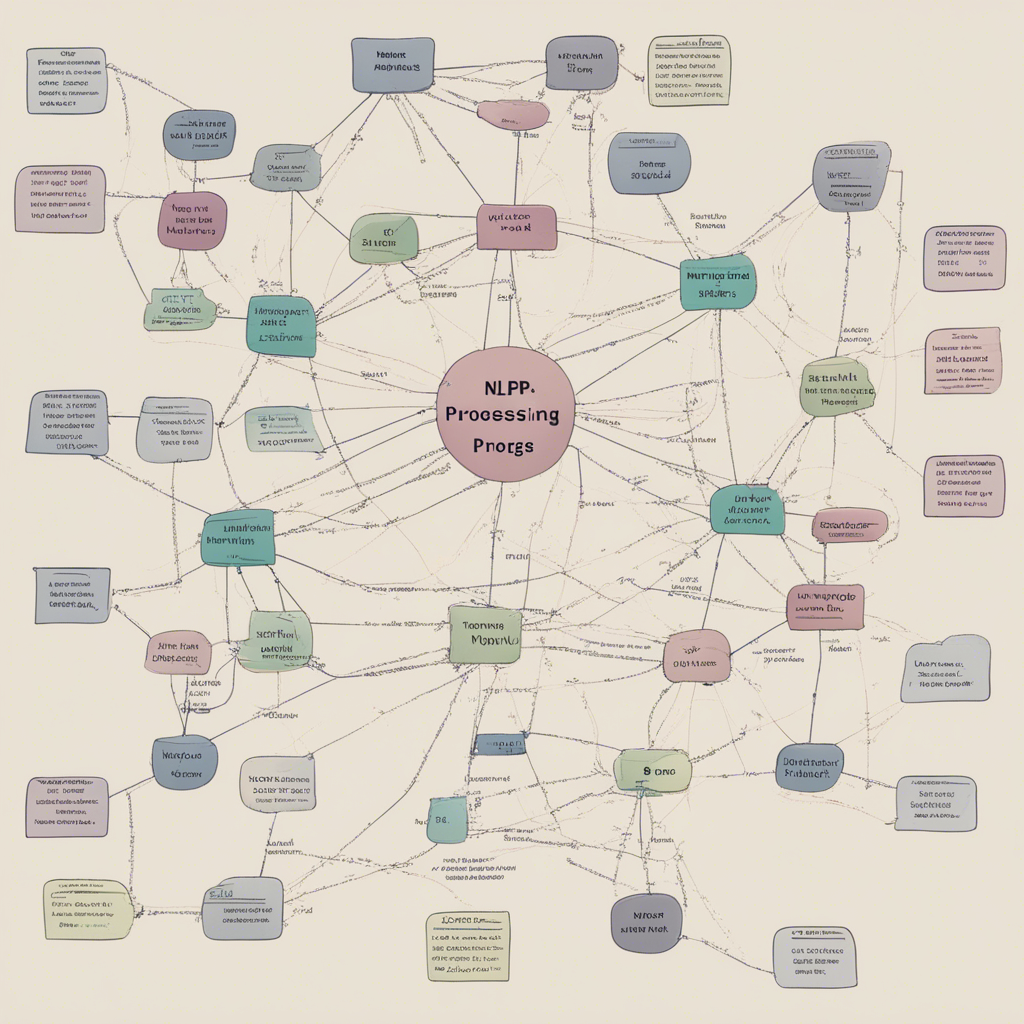
ML Ops: Deploying Models to Production
In today’s rapidly evolving technological landscape, machine learning (ML) models are playing an increasingly vital role in various industries. However, the process of creating an ML model is just the beginning. To truly harness the power of ML, organizations need robust deployment strategies that ensure seamless integration of models into production systems. This is where ML Ops (Machine Learning Operations) comes into play.
What is ML Ops?
ML Ops, short for Machine Learning Operations, refers to the set of practices and technologies used to streamline the deployment, management, and monitoring of ML models in production environments. It bridges the gap between data scientists, who develop models, and operations teams, who manage enterprise-wide applications.
While traditional software development and deployment workflows differ significantly from ML model workflows, ML Ops aims to apply software engineering principles to the domain of machine learning. By doing so, it establishes a reliable and scalable framework for deploying ML models at scale.
Challenges in Deploying ML Models to Production
Deploying ML models to production environments presents various challenges that need to be addressed.
1. Model Versioning and Reproducibility
Managing model versions and ensuring reproducibility are crucial aspects of ML Ops. Models are not static entities; they undergo updates and improvements over time. Therefore, it is essential to keep track of each version and ensure that they can be reproduced when necessary. Tools like Git and Docker can be utilized for version control and reproducibility.
2. Managing Deployment Dependencies
Deploying an ML model often depends on different software and hardware dependencies. These dependencies must be managed carefully to ensure that the model functions correctly in the production environment. Tools like containerization platforms (e.g., Docker) can help encapsulate the model and its dependencies, facilitating reproducibility and seamless deployment.
3. Scalability and Performance
As ML models are integrated into production systems, scalability and performance become critical factors. An ML model that performs well in a controlled environment may struggle to handle a large volume of real-time data in a production setting. Scaling the model to handle high traffic and optimizing its performance become important considerations in ML Ops.
4. Monitoring and Error Handling
Once an ML model is deployed, constant monitoring is necessary to ensure it continues to perform optimally. ML Ops involves setting up robust monitoring mechanisms to track key metrics and detect any runtime issues or anomalies. Additionally, effective error handling practices must be in place to minimize potential disruptions caused by unexpected failures.
Best Practices for Deploying ML Models to Production
To overcome the challenges mentioned above and successfully deploy ML models to production, several best practices can significantly contribute to a smooth ML Ops process. Let’s explore some of these practices:
1. Clearly Define the Deployment Workflow
It is crucial to establish a well-defined workflow for deploying ML models to production. This includes defining the roles and responsibilities of different team members involved, defining proper version control practices, and establishing automated deployment pipelines. An efficient workflow ensures a streamlined process and reduces the chances of errors or miscommunication.
2. Utilize Containerization
Containerization platforms like Docker provide a way to package ML models and their dependencies into self-contained units. These containers can be easily deployed across different environments and hosting providers, ensuring consistent behavior and eliminating compatibility issues. Containerization simplifies the deployment process, enhances reproducibility, and allows for scalability.
3. Continuous Integration and Continuous Deployment (CI/CD)
Implementing CI/CD practices enables automated and continuous deployment of ML models. CI/CD pipelines allow for automatic testing, validation, and deployment of new model versions. This reduces the deployment time and minimizes potential errors introduced during manual deployment processes. CI/CD pipelines can also include practices like automated rollback in case of any failures.
4. Establish Monitoring and Alerting Mechanisms
Monitoring ML models in production is critical to detect performance degradation or anomalies. Setting up comprehensive monitoring and alerting systems helps identify potential issues before they impact users or business operations. Various tools and frameworks, like Prometheus and Grafana, can be used to track key metrics and generate alerts based on predefined thresholds.
5. Maintain Documentation and Collaboration
Documenting the ML model details, such as its architecture, dependencies, and deployment processes, is essential for knowledge sharing and collaboration within the team. It helps team members replicate deployment setups and facilitates troubleshooting in case of issues. Effective collaboration tools, like Jupyter notebooks, GitHub repositories, and project management platforms, can contribute to efficient ML Ops.
Conclusion
ML Ops plays a fundamental role in successfully deploying ML models into production environments. By addressing the challenges associated with deploying ML models and following best practices, organizations can ensure smooth integration of ML into their applications. From versioning and scalability to monitoring and collaboration, ML Ops strategies significantly contribute to the successful deployment and management of ML models. Embracing ML Ops enables organizations to leverage the full potential of machine learning and unlock meaningful insights to drive business growth.
Note: This blog post is for informational purposes only and does not constitute professional advice. Readers are encouraged to consult with relevant experts or professionals before implementing any recommendations or solutions mentioned in this post.
References:
- Chollet, F. (2018). Deep Learning with Python. Manning Publications.
- Géron, A. (2019). Hands-On Machine Learning with Scikit-Learn, Keras, and TensorFlow. O’Reilly Media.
- Docker Documentation
- Prometheus Documentation
- Grafana Documentation






